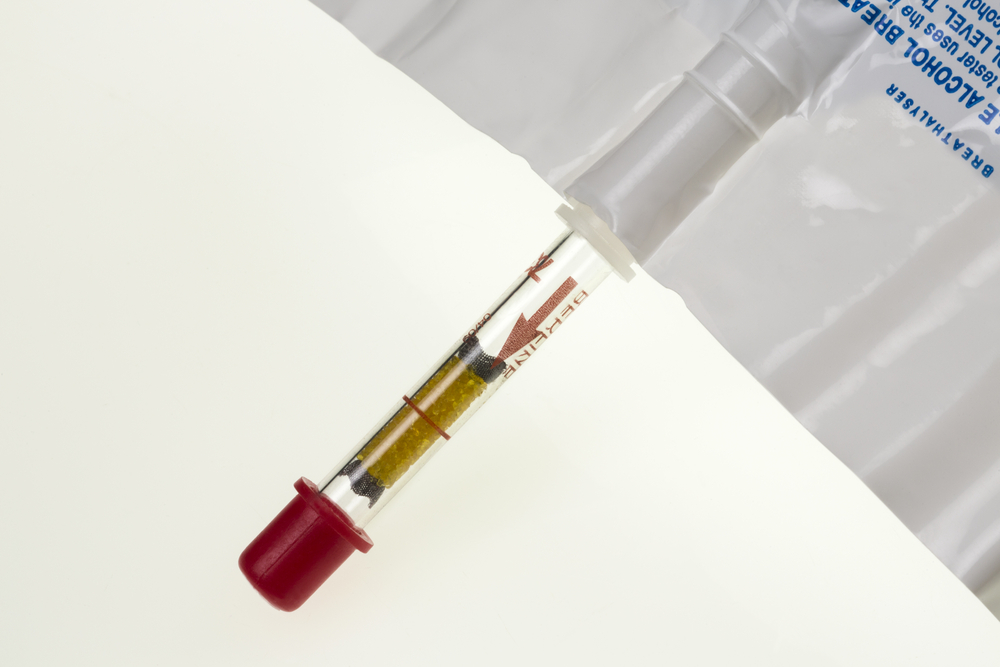Each year, millions of individuals are arrested for driving under the influence (DUI), an offense that is preventable through education and awareness. Key to this knowledge is understanding the difference between Blood Alcohol Concentration (BAC) and Breath Alcohol Concentration (BrAC). Both measures are used to determine the level of impairment in individuals. BAC vs. BrAC, though correlated, represents different aspects of alcohol metabolization in the body. Knowing the distinctions can make a significant difference in making informed decisions about drinking and driving.
Your Solution in DUI Education – Jackson-Bibby Awareness Group, Inc.
Jackson-Bibby Awareness Group, Inc. has been steadfastly providing DUI education since 1981. Rooted in San Bernardino and serving Riverside and neighboring counties, we cater to both first-time and multiple DUI offenders. Our services are not just about learning facts and figures but also about understanding the context that leads to DUI incidents, such as the implications of BAC Vs. BrAC. By tying in driver counseling and mentoring, we aim to improve decision-making, encourage personal growth, and, ultimately, foster safer communities.
The Difference Between BAC Vs. BrAC
While accidents happen, the law requires responsibility. A DUI offense could lead to a tough time. Knowing the difference between BAC Vs. BrAC can shine a light on your situation. It’s especially true if you’re facing this type of challenge in San Bernardino, Riverside, or neighboring counties. By dusting off misconceptions, you can better position yourself in legal circumstances.
Measurement Location
Where a test takes place affects results. But why? It’s because BAC (Blood Alcohol Concentration) and BrAC (Breath Alcohol Concentration) measure alcohol differently. BAC uses a blood sample to gauge alcohol in your system. A needle takes a sample; then a lab studies it.
On the other hand, BrAC uses your breath. A breathalyzer captures a sample and then analyzes it. The difference lies in comfort and directness. A blood test could feel uncomfortable but provides a direct measure of alcohol. A breath test feels more comfortable but provides an indirect measure. Now, isn’t that something to think about?
Time of Measurement
After you drink, alcohol enters your system. But it doesn’t stay the same across time. BAC and BrAC levels change based on when they’re tested. Test too early, and results might be lower than actual levels. Test too late, and results might be higher. So, timing is important to know where one stands. Remember, BAC and BrAC don’t rise or fall at the same rate. Knowledge here can help first-time and multiple DUI offenders alike.
Legal Implications
Next comes understanding legal effects. Your BAC or BrAC level could affect your DUI case. They are considered evidence during legal procedures. High levels can lead to severe punishments. Low levels can lead to lesser repercussions. But it’s more complicated. The test method can affect your defense. For instance, a breathalyzer used for BrAC might have errors, which can be used in your favor. But a blood test for BAC is harder to dispute. Thus, your defense could strongly hinge on whether BAC or BrAC was tested.
Factors Affecting Readings
Lastly, varying elements can change readings. Factors like your weight, drink type, and even gender can change BAC and BrAC. For instance, a heavier individual may show lower levels than a lightweight one. Alcohol type also matters. Some types can raise levels more compared to others. Gender plays a part, too. Men and women metabolize alcohol differently. These factors can lead to different interpretations of test results. Remember, knowing these elements can help you make a more informed decision. That is the small thing that can change the big picture of your DUI case.
Empowerment through Education
If you’re a first-time or multiple DUI offender looking to grow and learn, or if you simply want to understand more about important measures like BAC Vs. BrAC, bend your path toward Jackson-Bibby Awareness Group, Inc. We provide a conducive learning environment anchored on empathy, support, and expertise. Let’s transform the challenge of DUI into an opportunity for growth for you and your community. After all, change starts with awareness, and awareness starts with you.


Recent Comments